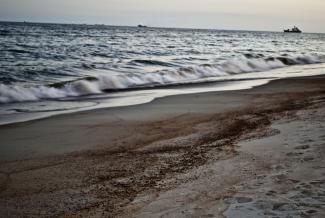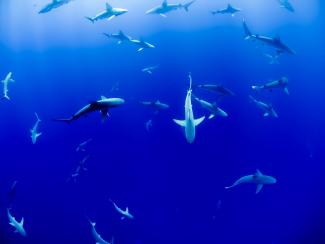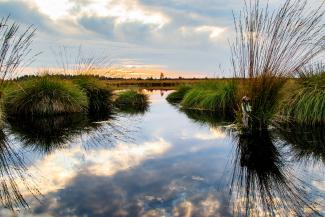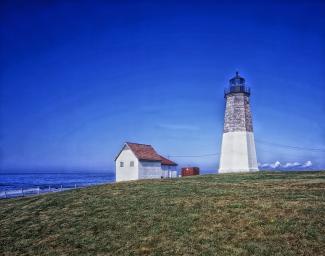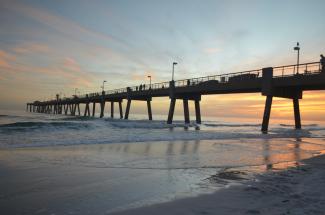Key Opportunities for Governance in the International Guidelines on Natural and Nature-Based Features for Flood Risk Management

The International Guidelines on Natural and Nature-Based Features for Flood Risk Management, published by the U.S. Army Corps of Engineers, NOAA, the Environment Agency of the United Kingdom, Rijkawaterstaat, and the World Bank in September 2021, was celebrated with a virtual launch party underlining the exciting opportunity for progress.
